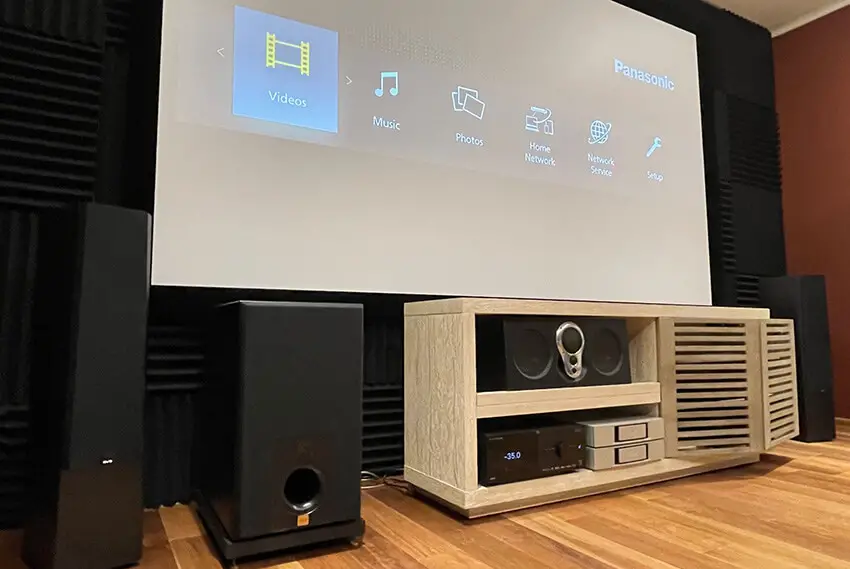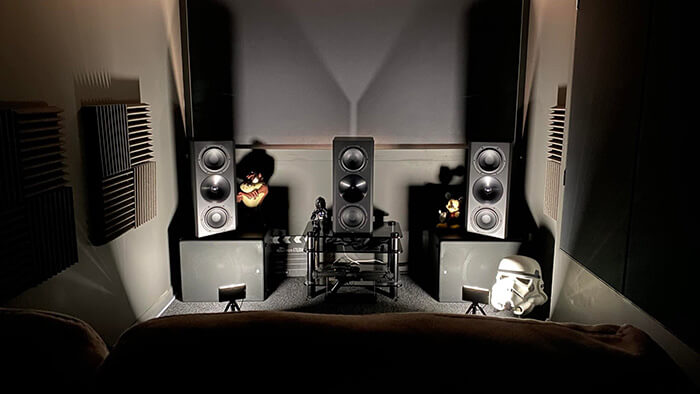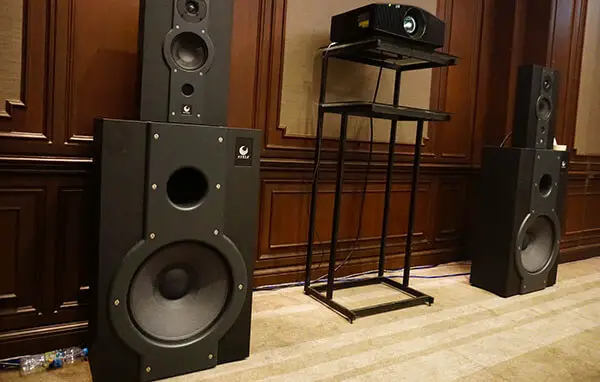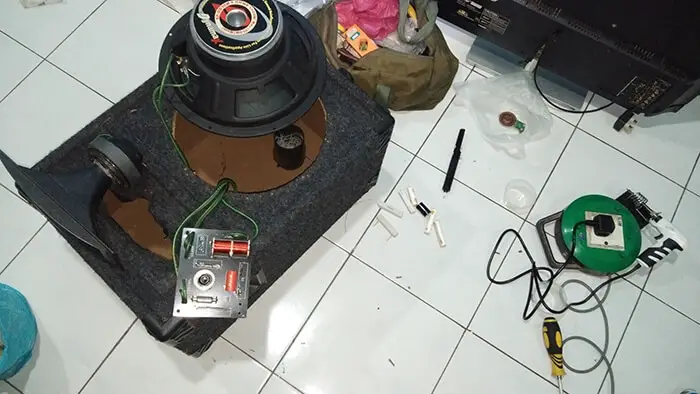Thinking of ways you can enhance the sound quality and volume of your car stereo system?
Well, installing a tweeter will greatly help you out achieve a more nuanced and clearer audio quality. But, here’s the catch – you may also want to get a capacitor for your tweeter to be its protection shield.
Now, if you’ve already got the capacitor and are struggling to find out which terminal is positive and which one is negative for establishing the wiring connections correctly – don’t worry as we’ve got you covered. Discover all there’s to know about tweeter capacitors from our team experts in this article.
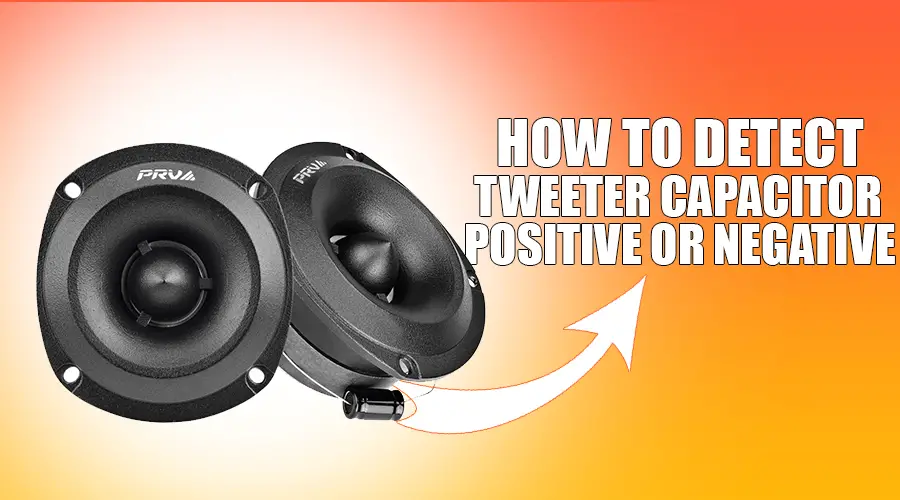
What Even is a Capacitor?
A capacitor is basically a device or a circuit component that temporarily stores electrical energy through accumulating charged particles on two or more plates that are insulated from each other.
In more simple words, a capacitor is an electronic component that has two terminals. Generally, one of these terminals happens to be positive while the other terminal is negatively charged.
However, some capacitors can be non-polarized as well with no specific positive or negative terminals – such as, glass capacitors, polyester capacitors, ceramic capacitors etc. In this case, the two electrodes of the two capacitor terminals can be randomly put into the circuit without fears of leakage.
What Does The Capacitor in a Tweeter Do?
When it comes to the simple passive crossovers in the tweeters, a capacitor is recommended to use in order to limit the quantity of low sound frequencies that come in contact with the tweeter.
A tweeter capacitor basically has three main jobs:
1. It enables us to make the response of the tweeter match the response of the midrange.
2. Prevents the tweeter from applying too much power and force at low frequencies.
3. Protects the tweeter from low bass frequencies at high volume levels.
Moreover, depending on the size of the tweeter capacitor, you may also enjoy another added privilege. If you have a large-sized capacitor, it will reduce the audio circuit’s impedance and significantly decrease the amount of noise created between the driving circuitry and power supply. Therefore, you’ll get to enjoy a more clear, clean and unaltered sound quality compared to smaller tweeter capacitors.
Is the Capacitor in the Tweeter Positive or Negative?
The capacitors used in the tweeter crossovers are generally of the non-polarized type – meaning, there isn’t any distinct positive or negative terminal.
Now you may wonder, can you still use a polarized capacitor for your tweeter though? The answer is – yes you can, but it’s more recommended to get a non-polarized capacitor since it’s more safer and reliable – they can properly deal with the AC voltages associated with a speaker crossover network.
Not to mention, non-polarized electrostatic capacitors can be connected in any polarity direction and won’t pose any dangers even if you mess up while linking the wires to the terminal outputs.
However, if you’re using Electrolytic capacitors or Film capacitors for your tweeters, know that they are polar. This simply means that they can only be connected with terminal polarities that are fixed.
Hence, if you mess up the positive and negative polarities, you are likely to face sound distortions and buzzing or static noises that will in turn make the overall audio quality poor and weak.
How To Understand Which Terminals of Electrostatic and Film Capacitors Are Positive or Negative?
It actually varies but here are some common clues to help you determine which one’s positive and which one’s negative.
Often the terminals on your tweeter capacitor could be either marked with a plus sign or a minus sign. You’ll have to look very closely because often these marks are very tiny and will be barely noticeable if you have poor eyesight.
If you see a + sign, that means it’s positive and if you find a – sign, that indicates negative polarity.
Furthermore, you can also figure out the polarity based on their respective color-coding. For instance, black generally indicates negatively-charged while red would mean positive.
Moreover, there might be a red dot or some sort to indicate that particular output is negative and the other one with plain solid design in that case would be positive.
How Do You Connect a Capacitor to a Tweeter?
It’s pretty simple. Once you have the polarity differences figured out, you can follow these 3 easy steps to connect your capacitor to the tweeter:
Step 1: Connect the leg positive terminal of the tweeter with the capacitor.
Step 2: Solder a dot to the connection with an iron using the soldering iron.
Step 3: Make sure that the connection is firm enough and doesn’t move soon. Then, connect one cap to the positive terminal of the tweeter.
Here’s a safety warning for you: If your tweeter already has an in-built capacitor but you still want to use a crossover for more improved sound quality, you cannot simply add another capacitor. You need to first remove the capacitor that’s already there, otherwise it will interfere with the crossover operation.
Moreover, inside the crossover there will already be a new capacitor for the speaker. Using both – a “crossover” and a capacitor will not be a wise idea.
Wrapping Up
It isn’t easy to detect whether your tweeter capacitor is positive or negative, or simply non-polarized. If you’re having a hard time figuring out the polarity of your tweeters, you can seek help from a professional technician who has expertise in this field. You may also want to consider consulting with the User Manual for more clear indications and instructions on the tweeter capacitor.
Frequently Asked Questions:
Q.1: How do you know if a tweeter is positive or negative?
Answer: Well, there should be some sort of markings such as plus or minus signs / black or red-colored dots to indicate the polarity. If no such indications are observed on the physical properties, you can use an SPL meter or a tone generator. You may also test the polarity by applying 1.5 or 3V DC from a battery and then observing which way the cone moves.
Q.2: Should the speaker capacitor be positive or negative?
Answer: If your speaker capacitor is non-polarized and of the electrostatic type, then there shouldn’t be any positive or negative indications on the capacitor. However, if you do see plus or minus signs, that means you have a polarized capacitor, which is likely to fail in the long run while also damaging the speaker.
Q.3: Do you need a capacitor for tweeters?
Answer: Yes, most tweeters do, but not every single tweeter may require one. What the capacitor does for a tweeter is basically it acts as a high-pass filter and keeps the tweeter safe and secure from high-power demands at low-frequencies such as 100 Hz or less.
Q.4: What is the purpose of a capacitor on a tweeter?
Answer: The main job of a capacitor on a tweeter is like that of a watchman in duty – it will only allow the high frequencies to pass through
